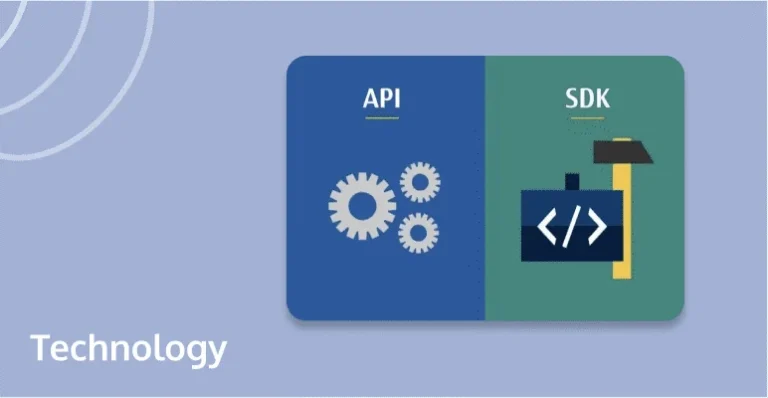Creating a Live Streaming Server with FFmpeg: A Beginner’s Guide


Live streaming is an increasingly popular technology used to broadcast real-time video feeds over the internet. Whether for personal vlogs, educational content, gaming, or professional webinars, live streaming connects content creators with their audience in an engaging way. A key tool in setting up a live streaming platform is FFmpeg, a powerful and versatile command-line tool used for multimedia processing.
Contents [show]
What is FFmpeg?
FFmpeg is an open-source project that includes a suite of libraries and programs for handling video, audio, and other multimedia files and streams. It’s known for its flexibility, supporting various codecs and formats, and is used for tasks like video conversion, processing, and, importantly, live streaming.
Setting Up Your Live Streaming Server
To set up a live streaming server, you’ll need a few components: a video source (like a camera or a screen capture), an encoder (which is where how to use FFmpeg comes into play), a streaming server, and an internet connection with good upload speed.
- Choosing the Right Hardware and Software: Make sure your computer hardware is capable of handling the encoding process, which can be CPU-intensive. For the software part, install FFmpeg on your system – it’s available for Windows, macOS, and Linux.
- Configuring Your Video Source: Connect your video source to your computer. This could be a professional camera, a webcam, or even your desktop screen.
- Setting Up FFmpeg for Streaming: FFmpeg uses command-line instructions to capture video from your source and encode it in real-time. The basic command structure looks like this:
- Choosing a Streaming Protocol: The most common protocols for live streaming are RTMP (Real-Time Messaging Protocol) and HLS (HTTP Live Streaming). Your choice will depend on your server and the platforms you want to stream to.
- Selecting a Streaming Server: You can set up your own server or use a cloud-based service. Popular options include Wowza, Red5, and even YouTube or Twitch if you’re streaming to these platforms directly.
Testing Your Stream
Before going live, it’s crucial to test your setup. Check for any lag, sync issues between audio and video, and overall stream quality. You can adjust your FFmpeg settings, like bitrate and resolution, to optimize performance.
Going Live
Once you’re satisfied with the test, you’re ready to go live. Start the stream with your configured FFmpeg command and connect to your chosen platform or server. It’s a good idea to monitor your stream’s performance and be ready to make adjustments if needed.
Conclusion
Setting up a live streaming server with FFmpeg might seem daunting at first, but it offers great flexibility and control over your live broadcasting. As you become more familiar with FFmpeg’s commands and options, you can further customize and enhance your live streaming experience. Remember, the key to a successful live stream is not just the technical setup but also engaging content that resonates with your audience.
Also Read: Amazon AMS56X Pre-Sale announced for 2023 – AMS56X Token live





